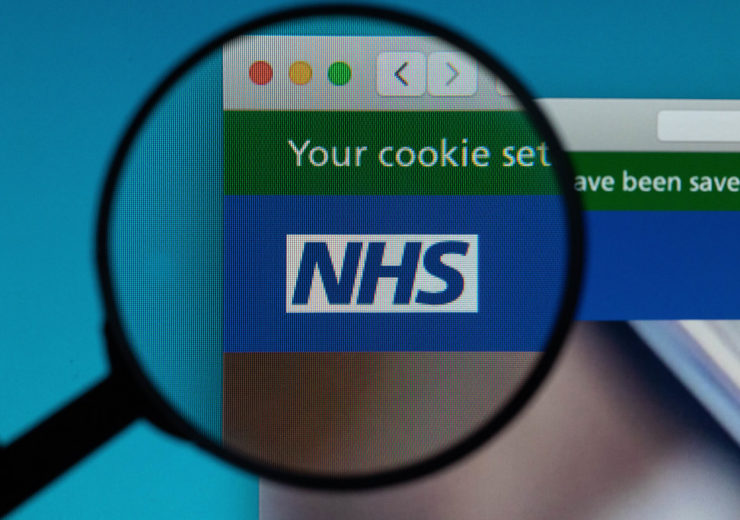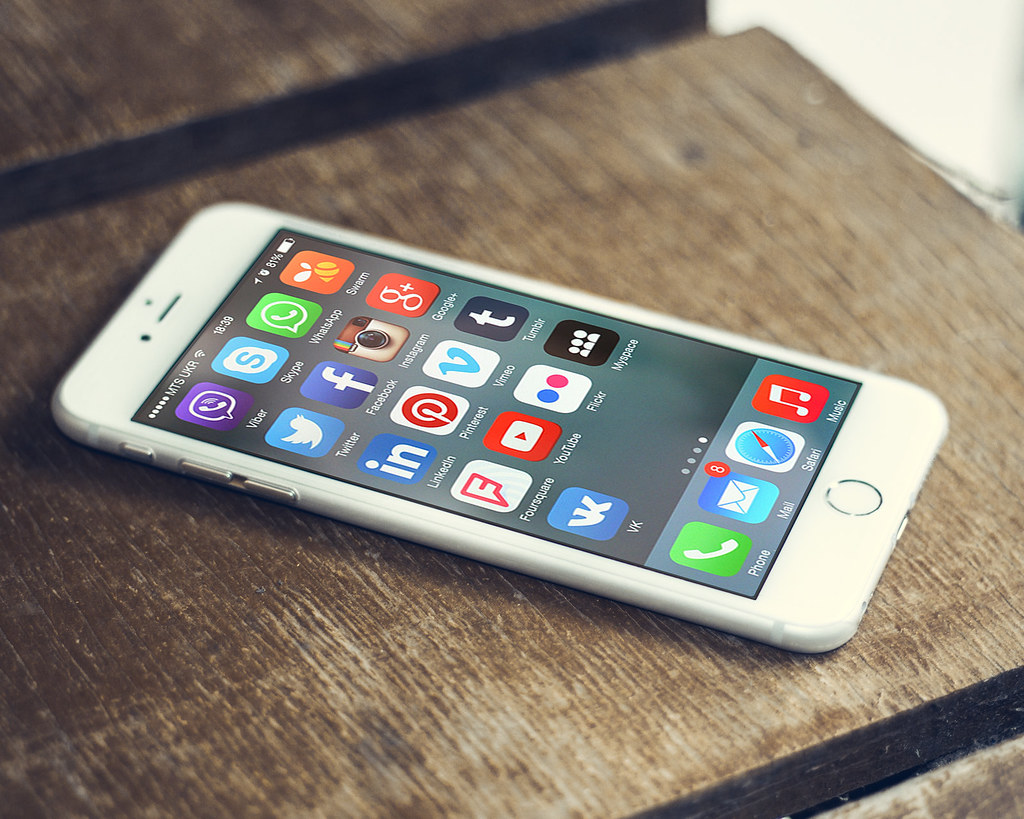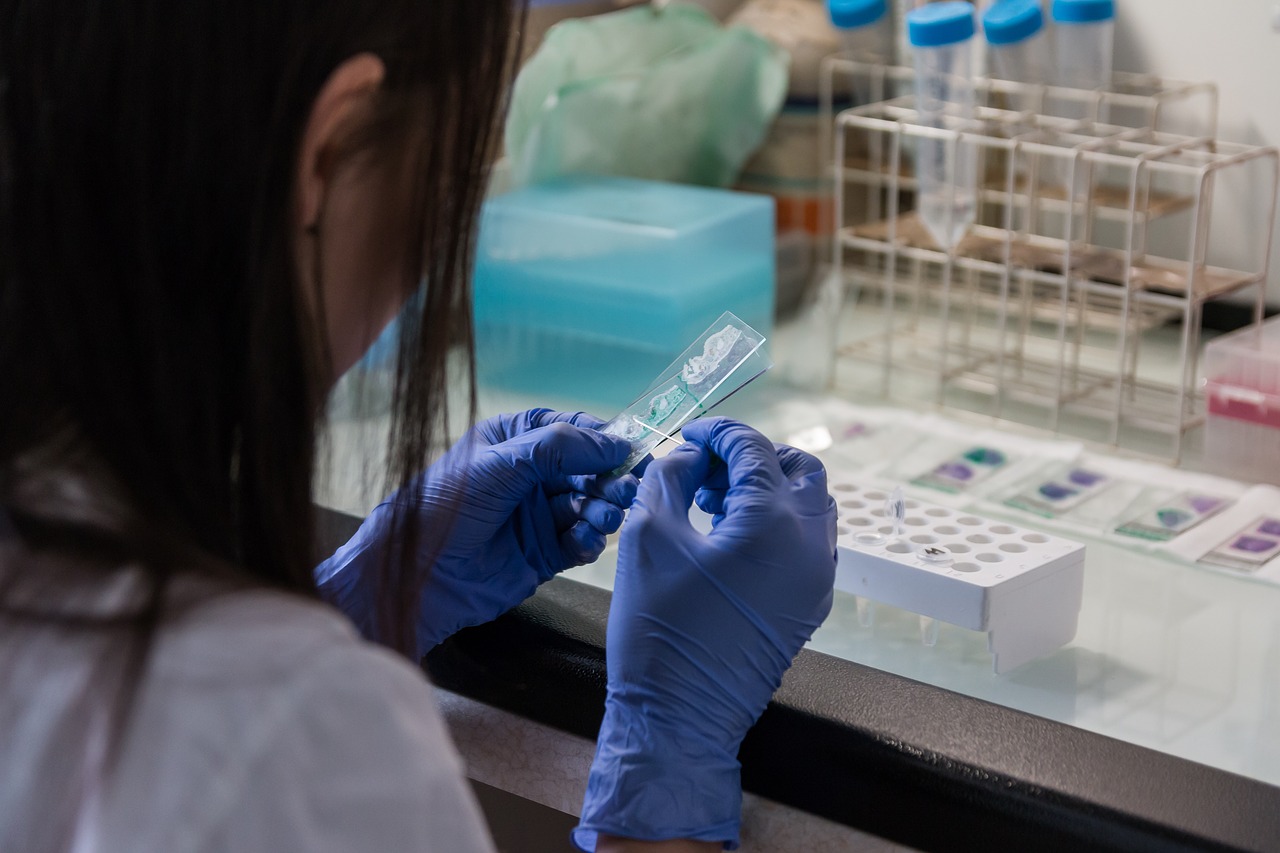Technologies including AI, smartphone apps, wearable devices and even drones all look set to be integrated into the NHS

The NHS Long Term Plan was first published in January, 2019 (Credit: Marco Verch/Flickr)
It has now been a full year since the UK government introduced its Long Term Plan outlining the future of the National Health Service (NHS).
To mark the occasion, Milton Keynes-based recruitment firm ID Medical has made a number of predictions about when and how new developments and technologies could be integrated over the next 20 years.
These include everything from digital GP appointments and smartphone apps to AI-supported diagnostics — and even drone-assisted ambulances.
Jamie Bell breaks down ID Medical’s predictions into five key areas within the healthcare sector, and speaks to the company’s marketing director Catherine Maskel about what the future may hold for the NHS.
Predictions for the future of the NHS
Access to healthcare via smartphone apps
ID Medical has predicted that 2020 could see the advent of smartphone apps providing therapy for mental health conditions — such as depression and anxiety — more widely in the UK.
It adds that other digital technologies including virtual and augmented reality will also be used by the NHS to treat these disorders in the future.
Catherine Maskel says: “At the moment, face-to-face care for mental health conditions can often be off-putting and impractical for patients.
“Allowing people to access mental health care via technology, from the comfort of their own home and potentially in their own time, could significantly increase uptake in mental health care.”
By 2021, patients will have access to their care plans and be able to communicate with their doctor via the NHS app, too.
This means they’ll be able to get an urgent appointment, or be prescribed medicine remotely and collect it from their nearest pharmacy.
In 2022, new technologies will make it easier for clinicians to refer patients — with doctors having access to “one-click-away” advice from specialists — meaning people require fewer referral appointments.

A combination of using photos and questionnaires will allow specialist doctors to give patients entirely virtual assessments over the next few years.
A wealth of patient information including maternity records, and immunisation and growth history for children will also be available to parents digitally by 2024. ID Medical says this will help children build up a personal health record (PHR) online from birth.
Maskel says: “The whole of the UK will be able to access their maternity records by 2024 and the NHS aims to make digital-consultations the norm across the board, over face-to-face ones, within the next 10 years.
“Technology has become more and more important in our everyday lives and it makes sense that this is beginning to extend to the way in which we access healthcare.
“The NHS’ aim is to move to a ‘digital-first’ model of care within the next 10 years, so by 2030, the vast majority of people are likely to be accessing healthcare via apps and technology.
“Providing access to healthcare via technology will hugely increase how effective the NHS will be in delivering care.
“Giving patients access to their care plan, communication with healthcare professionals and maternity records via the NHS App will empower people to take a more pivotal role in managing their own health needs.
“This, in turn, will lessen the reliance on GPs and A&E departments for care that can be self-managed, therefore freeing up healthcare professionals to focus on delivering targeted care where it is most needed.”
Patient monitoring
The next step in improving ways of monitoring patients outside of GP surgeries and hospitals is by developing personalised plans for people based on their DNA.
By 2025, blood samples will be taken at birth and analysed to identify the health issues a person’s DNA makes them predisposed to.
This can be used to draw up a “healthcare roadmap” detailing custom vaccines, gene therapies and surgeries that may be required throughout their lives to avoid serious health issues.
Also, around the middle of this decade, data collected via wearables and other at-home health monitoring devices will be used to analyse the bacteria in a patient’s gut to provide them with a customised nutrition plan befitting their DNA and unique metabolism.
At some point, this will also be applied to provide people with tailored exercise routines based on their specific genome.

By 2030, both care and monitoring will be more widely available through wearable devices and technology at home, and by 2035 implants under the skin will become commonplace.
These injected implants can analyse patients’ blood for toxins, viruses and bacteria, allowing data to be shared with a personal health app, online health monitoring subscription service, or local healthcare network to warn of impending illness before symptoms arise.
Maskel says: “This type of patient care will become increasingly common, allowing doctors to provide a constant relationship with their patients, and view a continuous stream of real-time patient health data.
“With the majority of current wearable medical technology needing regular charging, being limited in the types of internal data they can monitor, and decreasing in size every day, it only seems natural that the future of wearable devices will be implants.
“In the next two decades, it is predicted that a range of technology including smart sensors and GPS systems will be implemented into our homes to protect and monitor vulnerable patients.”
GP appointments
The year 2030 will likely see “digital-first” appointments being offered before in-person consultations by the NHS.
These digital appointments, which typically take place via video call, will allow for longer and richer face-to-face consultations with clinicians where patients want or need it.
By 2035, everyone is anticipated to have access to virtual consultations with a doctor via video call or webchat.
If bio-samples are required by healthcare providers, testing kits can be flown out to patients using a drone — benefitting patients who are unable to visit a clinic in person. The same drone can then carry the samples or results back to the clinic for analysis.
Maskel says: “Some organisations are already offering digital appointments — including Push Doctor — the online doctors organisation, working in partnership with the NHS.
“However, it is predicted to take almost a decade until the appropriate technology is rolled out to the entire country, and all patients can use it effectively.

“Digital appointments are predicted to increase convenience, reduce costs and free up staff time for other tasks.
“In addition, those more vulnerable patients who can’t always travel to appointments, will be able to chat with doctors from the comfort of their own homes.
“However, this being said, not every patient, nor every clinical situation will be appropriate for video assessment — for example, when physical examinations are needed — meaning there will still be the need for face-to-face appointments.
“Further barriers that may prevent digital appointments becoming central to everyday NHS practice include both staff and patients being wary of change.
“Staff might be unable or unwilling to transfer their consulting skills to a digital environment, or might be worried about confidentiality/risks of hacking, or the legal implications of a missed diagnosis.
“Patients who are older, less well-educated or less tech-savvy, or come from a low-income household (and therefore cannot afford the appropriate technology) may all be less willing or able to engage with digital appointments.”
Diagnostics
By 2023 diagnostic imaging networks will aid doctors by transferring X-rays and scans to a relevant specialist — improving the speed of image reporting.
Maskel says: “This will reduce the wait time on receiving a diagnosis and care, and reduce the administrative burden of referrals on the NHS.”
This will also fuel healthcare research and innovation by increasing amounts of clinical data available to clinicians and scientists alike, as genomics and other types of data can be stored and linked together more effectively.
Towards the end of this decade, artificial intelligence will be used to support diagnoses, as well as generating predictive techniques to help local healthcare centres put together care plans for their users.

By 2035, AI will “drastically” speed up diagnostics. Supercomputers will be able to autonomously analyse bio-samples like blood and saliva, and diagnose conditions with an accuracy rate of 90% — within minutes rather than weeks.
Maskel says: “AI has the potential to improve accuracy in diagnostics, dramatically speed up the time it takes to receive a diagnosis, reduce the invasiveness of some diagnostic procedures and reduce the burden of workload on healthcare professionals.
“Embracing AI features in the NHS’ Long Term Plan, which spans from 2019 to 2029, so it is very likely that AI-based technologies will be integrated in the next decade.
“However, the move towards AI will be a long and careful one and so we are likely to see small steps in the next 10 years — but there will be much more to come beyond the next decade.”
Emergency services
By 2040, the UK could start to see new technologies playing a key role in the way emergency response teams operate.
For example, drones will be sent out ahead of ambulances to provide early care while paramedics are en route.
By the early 2040s, most ambulances will be “quadcopters” that can land anywhere and be flown using GPS or by a pilot. These vehicles will offer faster response times by avoiding traffic and being able to reach even the most remote destinations.
Maskel says: “Only last year, drone defibrillator deliveries were tested in Ontario, Canada, with the drones beating emergency medical vehicles to the scene every time.
“However, there are some steps that need to be taken before these devices can be used in a real emergency — such as improved ability to avoid obstacles, and sufficient training on how to use medical equipment, such as defibrillators.”

AI is also likely to play a more central role in aiding medical professionals during emergencies by dispatching ambulances and teams to patients in the future. Testing is currently taking place all over the world to assess how AI can be used in this field.
Maskel says: “In research conducted in Denmark in 2018, an AI tool was used to remind dispatchers to obtain crucial information such as the address of the incident, and can also ensure the emergency vehicles are travelling to the correct location.
“The AI tool, called ‘Corti’ was also able to understand both words used in distress, as well as background sounds to provide emergency medical staff with necessary questions for a more accurate diagnosis.
“Emerging medical technologies are making their way into ambulances and medical response teams all the time — with some standing out more than others.
“For example, high-tech products such as ‘stop the bleed’ kits save lives every day by accelerating blood clots.”
